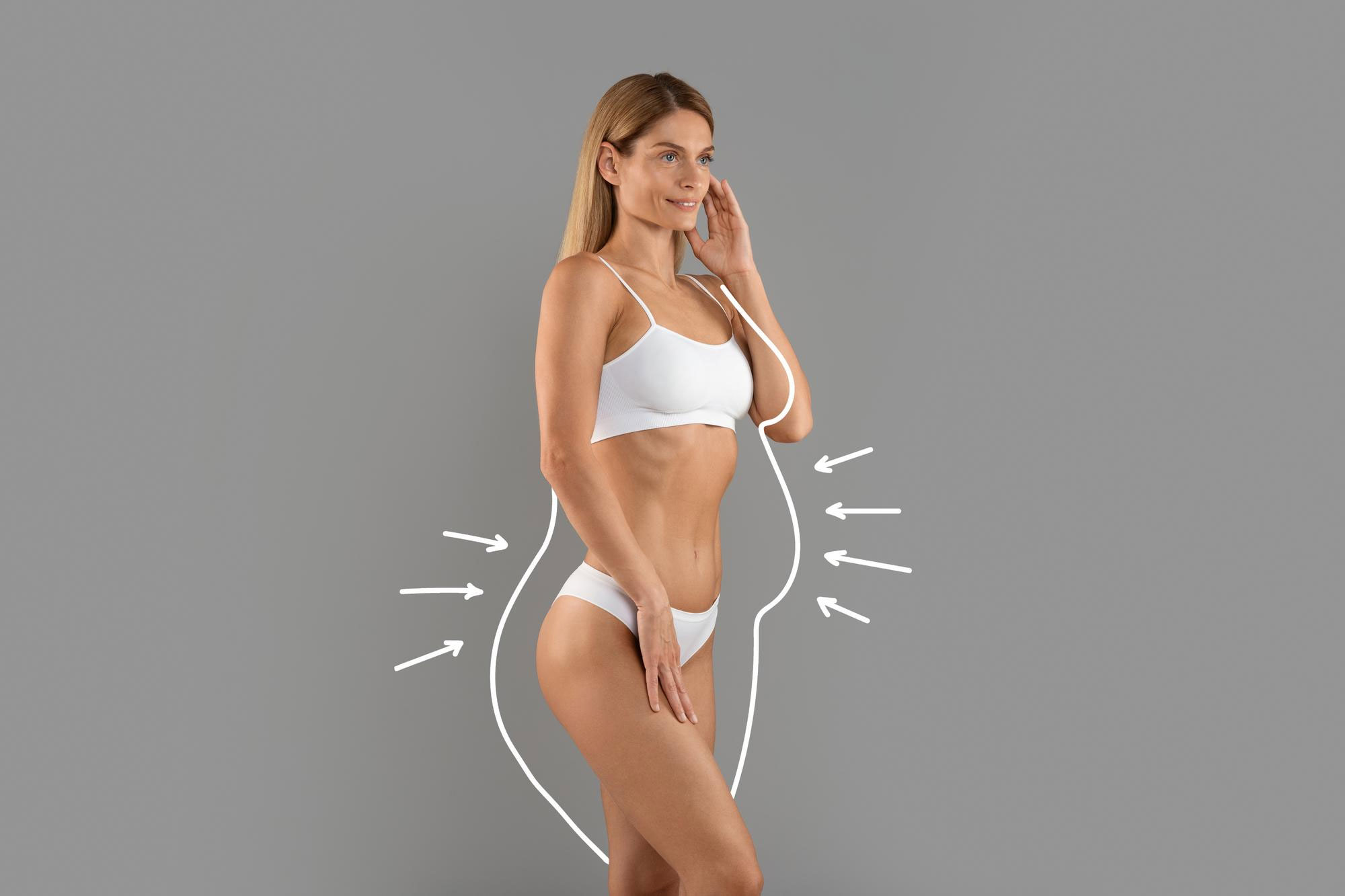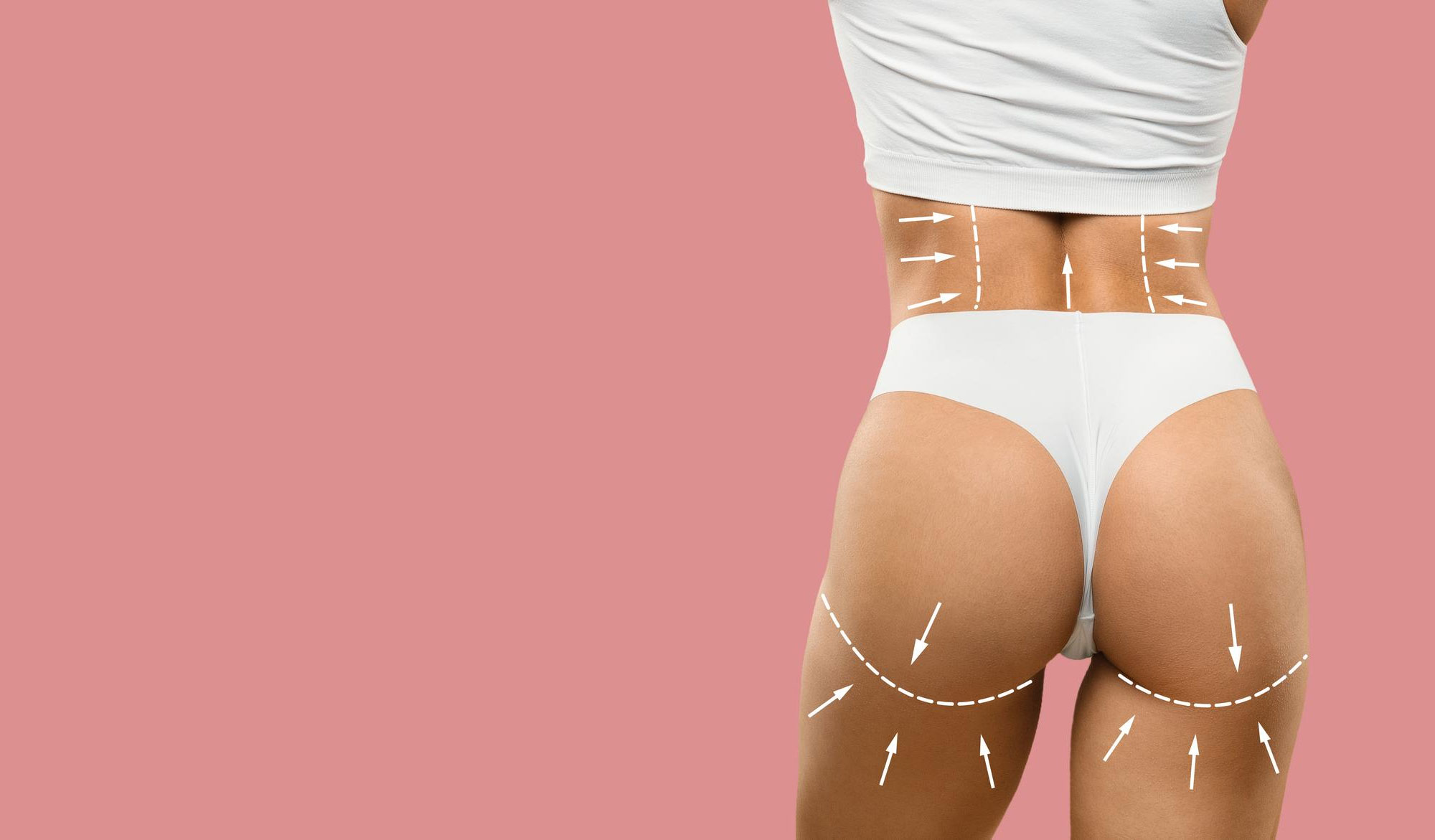What is a Duodenal Switch and How Does It Work?
Duodenal Switch (DS) is also known as "Duodenal Switch with Biliopancreatic Diversion (BPD)." Although it sounds like a single surgical name, it actually includes two basic components: "restrictive" (restrictive) and "malabsorptive" (malabsorptive) methods.
Restrictive Component - Sleeve Gastrectomy:
This part is similar to sleeve gastrectomy, also known as "gastric sleeve". About 70 percent of the stomach is removed, especially along the large edge (the greater curvature), leaving a thin, tube-like stomach. This means that it is no longer possible to consume as large meals as before, and the person feels full more quickly. At the same time, the part of the stomach that secretes the hormone "ghrelin" is largely removed with this surgical procedure. This hormone sends signals that increase appetite. Therefore, as ghrelin decreases, the feeling of hunger is relatively suppressed.
Malabsorptive Component - Duodenal-Enteric Bypass:
After sleeve gastrectomy, the duodenum (duodenum) is cut through a thin line, preserving the gastric outlet (pylorus). The lower part of the small intestine (ileum) is then moved upwards and connected to the duodenum. This means that the nutrients we eat, especially fats, do not pass through the full length of the intestine and are absorbed less. But pancreatic enzymes and bile flow through another branch of the intestine. The two streams join at a further point in the intestine. This brings nutrients and digestive enzymes together in a short section called the "common channel".
These two effects sharply reduce the daily caloric intake of the person, with the long-term goal of weight loss. In other words, by reducing the size of the stomach, it is possible to "feel full with less food", and by partially restricting the absorption of nutrients, it is possible to reduce the "absorption of calories into the body".
Who Can Prefer Duodenal Switch Surgery?
Body Mass Index (BMI) and Overweight Problem
Generally, those with a BMI over 40 are considered to have "morbid obesity" and Duodenal Switch is an option for patients in this group. In addition, if BMI is above 35 and there are serious metabolic disorders such as type 2 diabetes, hypertension, sleep apnea, DS surgery may be on the table again.
Previously tried weight loss methods
DS can also be a solution for people who cannot achieve success with non-surgical methods (diet, exercise, medication, etc.) or who regain weight. Of course, such a complicated surgery may not be right for every patient; therefore, a comprehensive medical evaluation process is important.
Presence of Metabolic Disorders
Conditions such as high cholesterol (hyperlipidemia), high blood pressure, sleep apnea, especially type 2 diabetes, can show significant improvement after DS. In fact, in some studies in the literature, it has been observed that type 2 diabetes is almost 98 percent "closed" and high cholesterol is improved up to 99 percent.
What are the Advantages of Surgery?
Effective and Permanent Weight Loss
Perhaps the biggest advantage of the Duodenal Switch is the effective weight control it provides in the long term. This is because both the amount eaten is reduced and the absorption of what is eaten is partially restricted. Some data suggest that the weight loss achieved with DS is greater and more permanent than with many other bariatric procedures.
Rapid Improvement in Diabetes and Other Metabolic Diseases
People with type 2 diabetes, high blood pressure and similar metabolic diseases can recover rapidly after DS. For example, it is possible to see that blood sugar returns to normal even in the first weeks following surgery. This is related to the hormonal changes caused by the restructuring of the digestive system.
Reduction of Dumping Syndrome by Protecting the Pylorus
In some surgeries such as gastric bypass, the pylorus, which is the lower gate of the stomach, may be disabled and this may lead to a condition called "dumping syndrome", which is characterized by sudden sugar drops and symptoms of discomfort after a meal. Since the pylorus is protected in Duodenal Switch, such complaints are less common.
Relatively Comfortable Nutrition
DS patients live with a smaller stomach, similar to a sleeve gastrectomy. Nevertheless, over time, they are able to eat closer to normal portions of food. Of course, there are strict dietary rules, but a more flexible diet is possible in the long term than with some other types of surgery.
What Risks and Complications Can Occur?
Like any surgical procedure, Duodenal Switch involves certain risks. However, knowing these risks provides both the surgeon and the patient with the opportunity to manage problems that may arise in the future.
Intraoperative and Postoperative Complications
Leakage and Infection: There is a risk of leakage at the anastomosis (connection) sites. This may manifest itself with symptoms such as fever and abdominal pain in the early period.
Bleeding There is a risk of bleeding during or after surgery.
Technical Difficulty of the Surgery: DS is considered one of the most complex procedures in bariatric surgery. This can lead to a prolonged operation time and a situation that emphasizes the experience of the surgeon.
Nutrition and Vitamin-Mineral Deficiencies
Since most of the intestines are disabled, fat-soluble vitamins (A, D, E, K) and minerals (calcium, iron, zinc, etc.) may not be absorbed sufficiently. Patients may need to take vitamin and mineral supplements for life to prevent these deficiencies. If these supplements are not taken regularly, serious problems can develop, such as osteoporosis, anemia or even vision problems.
Digestive System Disorders
Diarrhea and frequent need to use the toilet: Insufficiently absorbed fat can lead to faster passage through the intestine, which can manifest as soft or watery stools.
Gas and bloating: In particular, fermentation of foods with high carbohydrate content may increase, which may cause gas problems that may affect social life.
Long Term Problems
Kidney Stones Changes in absorption may facilitate the formation of kidney stones. The risk of oxalate stones in particular increases.
Bone Loss: Vitamin D and calcium deficiency can lead to a decrease in bone density in the long term. Regular vitamin D and calcium supplements are used to reduce this risk.
What are the Differences Between Duodenal Switch and Similar Surgeries?
Gastric Bypass: The stomach is cut in half while the pylorus is bypassed and the mouth is opened into the upper part of the small intestine. Compared to DS, the malabsorptive part is milder, so DS can lead to greater weight loss but also requires more intensive vitamin-mineral supplementation.
Sleeve Gastrectomy: A procedure in which only the stomach is reduced in size, leaving the intestines untouched. DS additionally involves a diversion of the intestines.
SADI-S (Single Anastomosis Duodeno-Ileal Bypass): This is a variation of the Duodenal Switch. This involves a single anastomosis (connection); it is technically simpler than DS but offers similar advantages. Although long-term results are close to DS, experience is limited.
What is the Brief History of Duodenal Switch?
In 1979, Scopinaro and colleagues first introduced this concept under the name "Biliopancreatic Diversion". However, the technique at that time was more aggressive and the lower outlet of the stomach (pylorus) was not protected. In 1998, Hess and his team developed the modern "Duodenal Switch" procedure, which preserves the duodenum (duodenum). Thus, adequate weight loss was achieved and complications such as "dumping syndrome" were significantly reduced.
How Should Nutrition Be After Duodenal Switch?
First Days - Liquid Nutrition
Since the digestive tract undergoes a significant change in the first postoperative period, patients start with clear liquids (water, unsweetened compote juices, broths, etc.). Over time, protein-heavy liquids, such as drinks with protein powder, are added to the menu.
Soft/Mash Period
Depending on the patient's tolerance, soft or pureed foods are introduced under the guidance of the doctor and dietitian. The most important goal here is to support healing by getting enough protein. Pureed meat, fish, egg and vegetable soups are preferred.
Transition to Normal Solid Foods
As the weeks progress, solid foods can be introduced. Of course, a balanced nutrition plan is applied, again with protein as a priority. Fiber-rich vegetables and complex carbohydrates are added gradually. It is important to remember that after DS, portions remain small and "eating in a hurry" can lead to serious illness.
Lifelong Vitamin and Mineral Supplementation
Fat absorption is severely restricted in DS. Therefore, fat-soluble vitamins (A, D, E, K) and various minerals may not be absorbed sufficiently. For this reason, it is vital to have blood tests at regular intervals and to follow the supplements recommended by the doctor/specialized dietitian.
What is the Recovery Process After Duodenal Switch?
Hospitalization and First Days
Generally, hospitalization for 2-4 days is foreseen after this surgery. During this time, possible complications (bleeding, infection, leakage) are closely monitored. Patients are encouraged to walk in small steps; this improves circulation and reduces the risk of possible clotting.
Pain and Comfort
Post-operative pain is less when the laparoscopic (closed) technique is used, but of course it is not completely eliminated. Thanks to painkillers, most patients are able to manage the pain easily after a few days.
Return to Daily Activities
In the first few weeks after discharge, light brisk walking, limited movement with daily routine work is recommended. A certain amount of time is needed for the body to recover and the suture lines (internal and external) to heal. A more regular exercise program can usually be started within 4-6 weeks.
Long Term Follow-up
Patients who have undergone Duodenal Switch should have regular lifelong check-ups with a doctor and dietitian. Weight loss progress, vitamin-mineral levels and possible side effects are evaluated. During this process, specialized blood tests (vitamin D, iron, calcium, B12, etc.) are performed periodically.
What is the Effect of Duodenal Switch on Daily Life?
Eating Habits: Satiety is achieved with much smaller portions than before. Occasionally, the number of meals can be increased to meet protein needs.
Energy Levels: As you lose weight, physical movements become easier and the load on the joints decreases. This accelerates the transition to a more active life in the long term.
Self-confidence and Psychological Wellbeing: As the social and psychological problems associated with obesity are alleviated, self-confidence may increase. However, the success of this change is closely related to professional psychological support and the support of the family and social environment.
Appearance Skin sagging may occur after rapid weight loss. Some patients may prefer to correct sagging with plastic surgery in the future.
The Most Important Point: Lifestyle Change
Surgical interventions, especially an advanced procedure such as Duodenal Switch, are not a magic bullet. Surgery offers great support in the fight against obesity; however, diet, exercise and psychological motivation should be carried out together with the surgery. If high-calorie, sugary foods are returned to after surgery and vitamin-mineral supplements are neglected, it will be difficult to achieve the desired success.
One of the most curious issues for most people is "Will I gain weight again after the surgery?". Although Duodenal Switch makes weight gain seriously difficult, it is not completely impossible. Maintaining healthy eating habits and regular exercise are essential in the long term.
SADI-S: Single Anastomotic Method as an Alternative
SADI-S (Single Anastomosis Duodeno-Ileal Bypass with Sleeve Gastrectomy), known as a variation of the Duodenal Switch surgery, involves fewer connections (anastomoses) in terms of surgical technique. This makes the surgery technically a bit simpler. There are data suggesting similar results in rapid weight loss and correction of metabolic problems. However, long-term follow-up data is still more limited compared to the classical Duodenal Switch.


















